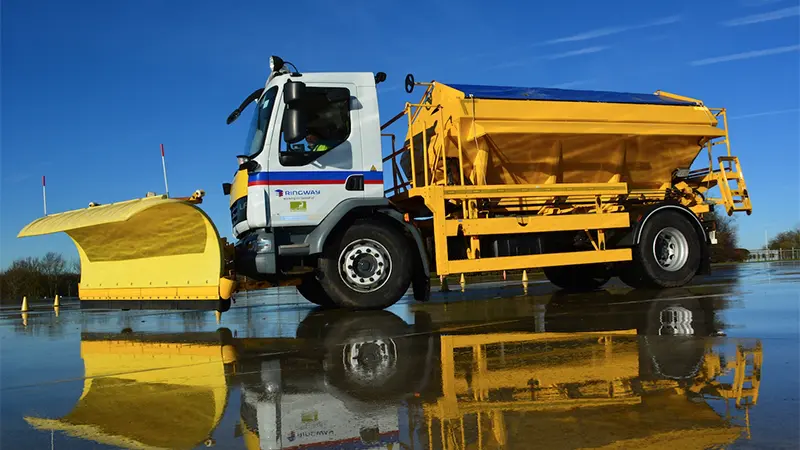
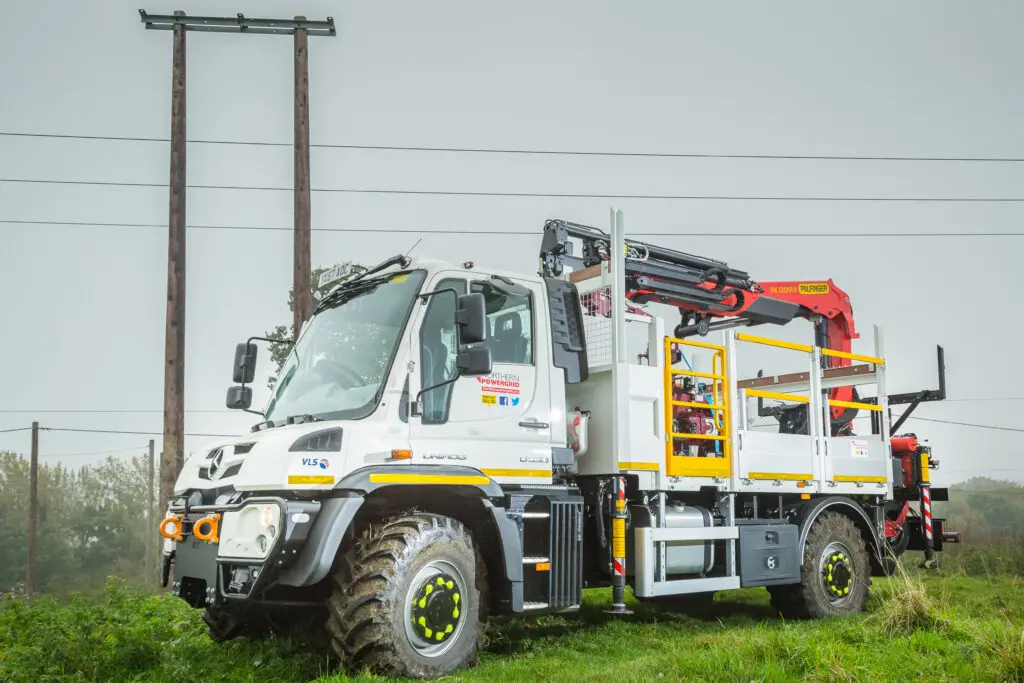
Fleet Size
49 HGVs
1,135 diesel commercial vans
20 electric commercial vans
19 hybrid electric commercial vans
13 electric cars
1,213 grey fleet cars
Northern Powergrid manages the electricity network that powers everyday life for more than eight million people across 3.9 million homes and businesses in north-east England, Yorkshire and northern Lincolnshire. It uses a range of vehicles including passenger cars, commercial vans and trucks as well as plant vehicles, such as JCBs, tracked vehicles and all-terrain vehicles (ATVs). The organisation has worked hard to improve driver standards and in 2023 launched a new series of initiatives to improve fleet safety even further.

Summary of Achievements
Vehicle Collisions
DOWN 10.7%
in just 12 months
CO2 Emissions
DOWN 6.4%
Driver Telematics Score
UP TO 95.83
Staff Absence
NONE
from driving incidents in 2023
Demonstrating leadership in driver safety
“As a company we recognise that driving is one of the most high-risk activities that we do and we want to reduce the risks associated with driving for all our colleagues and other road users. We provide an effective programme of training, guidance and support to our colleagues in pursuit of this objective. Reducing the risks associated with driving aligns with our aim to ensure that every colleague and contractor working for Northern Powergrid goes home at the end of each shift uninjured and in good health after a productive day’s work.”
John Wilkinson
Driver Safety and Performance Manager
Northern Powergrid
More details
Northern Powergrid was Highly Commended in this year’s Safety and Health Excellence (SHE) Awards for Best Driver Risk Management Performance. Judges were impressed at the already extremely high standards, and how strong management commitment was continuing to deliver further incremental improvements year on year.

Declaration
“As a company we recognise that driving is one of the most high-risk activities that we do and we want to reduce the risks associated with driving for all our colleagues and other road users. We provide an effective programme of training, guidance and support to our colleagues in pursuit of this objective. Reducing the risks associated with driving aligns with our aim to ensure that every colleague and contractor working for Northern Powergrid goes home at the end of each shift uninjured and in good health after a productive day’s work.”
John Wilkinson, Driver Safety and Performance Manager & Deputy Prevent Lead, Northern Powergrid
Business benefits
- 10.7% reduction in collisions in 2023 against 2022 – despite increasing mileage by 700,000
- No absence time due to driving incidents in 2023
- Improved telematics scores from 94.3 to 95.83
- tCO2e emissions reduction of 6.4%.
Fleet usage
The vehicles are used by employees to travel between sites and offices, in order to carry out their jobs, or to pick up and transport equipment. The business operates 24/7, 365 days a year in all weather conditions and with a blend of shift workers. The weather has a major impact on the electricity network which means that drivers are, at times, driving in severe weather conditions. They must travel on all road types ranging from single-track lanes to the motorway network and across fields and moors. In 2023, the Northern Powergrid fleet vehicles travelled 7.2 million miles and its grey fleet travelled eight million miles, making a total business mileage of 15.3 million miles.
Risk assessment
Northen Powergrid looks at collisions in terms of preventability. Any damage such as a cracked number plate or a broken indicator lens on the door mirror on a Ford Transit is noted and examined, so that even an incident causing the most minor damage is classed as a preventable collision.
Northern Powergrid achieved a reduction in preventable collisions of 10.7% in 2023, against 2022, despite increasing mileage by almost 700,000 miles.
Telematics
In January 2023 the organisation implemented a telematics score dashboard. Dashboard data provided to the management team of every fleet driver on a weekly basis. The company has a dedicated Driver Safety and Performance Manager who holds a monthly meeting with the second line manager of all fleet drivers to discuss driver scores, trends and areas for improvement and development.
Every fleet driver receives a text message on a Monday morning advising them of their driver score and how this compares with their previous four-week score.
In January 2023 the average driver score was 94.30, and over the next 12 months rose by 1.53 to 95.83.
In particular, the company reduced harsh braking events, which increased overall efficiency and contributed to a 6.4% reduction on tCO2 emissions.
The top line telematics data is shared with the CEO, ensuring that driver safety and performance is a conversation relevant to the highest levels in the company.
Northern Powergrid holds an annual Teams Safety Champions Award. A significant part of this award relates to driver and road safety. The winners and runner up of this award nominate a charity to which the business donates money.
Driving for Work policy
Northern Powergrid has a strict policy covering driving for business. Its driving for work policy was updated in 2023, covering all aspects of how drivers are expected to perform on the road, and in specific situations, such as breakdown or emergency.
All drivers have access to the policy and must acknowledge that they have read and understood it. It is available in electronic form, and so can be consulted via their phone or handheld should they ever need to check appropriate action.
The company issued nine safety alerts throughout the year to drivers, highlighting incidents, sharing lessons learned and other important information.
Northern Powergrid also held two surveillance visits in 2023 in which driver safety and performance was reviewed with robust and effective processes relating to occupational driving. These underlined, and demonstrated to an external verifier, the benefits of the policies, processes and training to reduce operational road risk

Permit to Drive
The policy states that everyone driving on business must have a permit to drive each relevant category of vehicle. Permits are only issued after a completion of a desktop-based risk assessment, a classroom Safe Driver Induction Workshop and 2.5 days in cab training with a pass/fail Driver and Vehicle Standards Agency (DVSA) standard test upon conclusion.
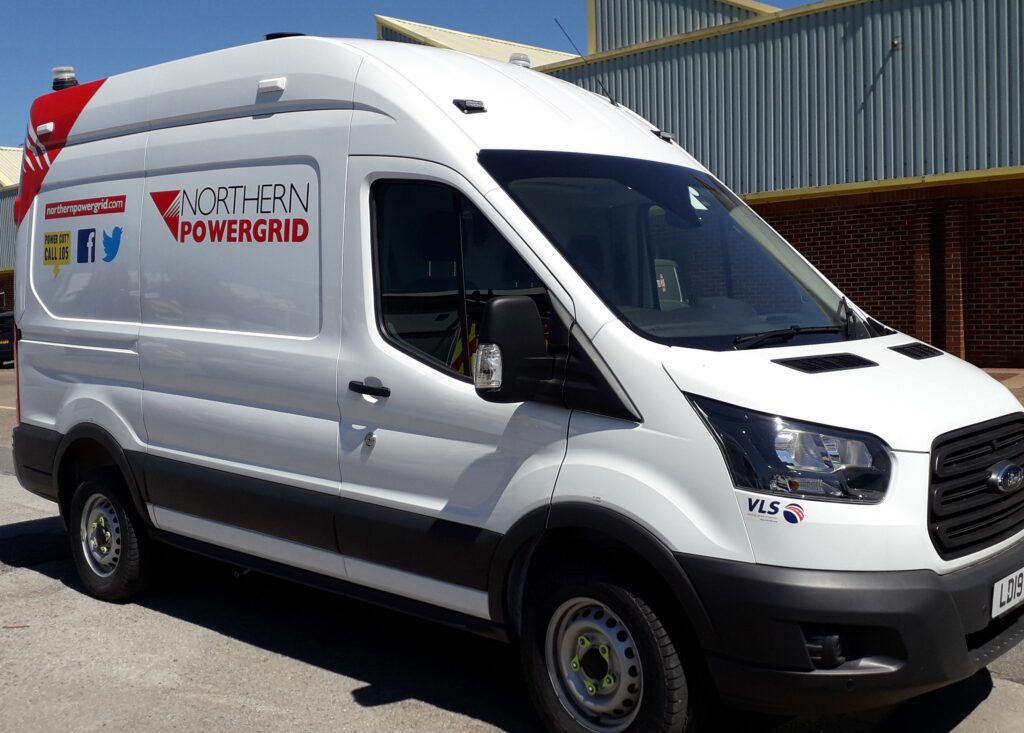
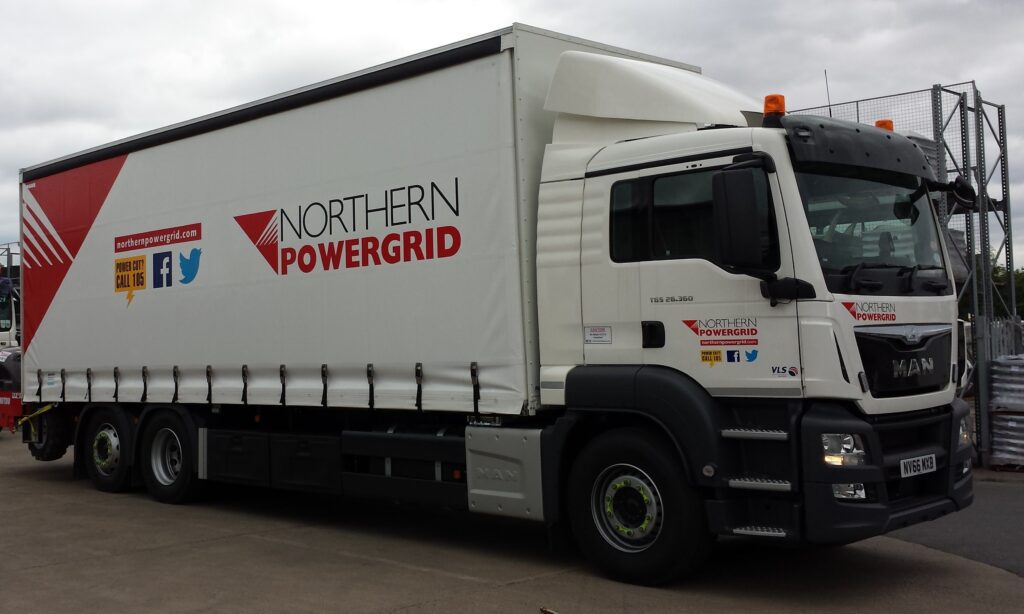
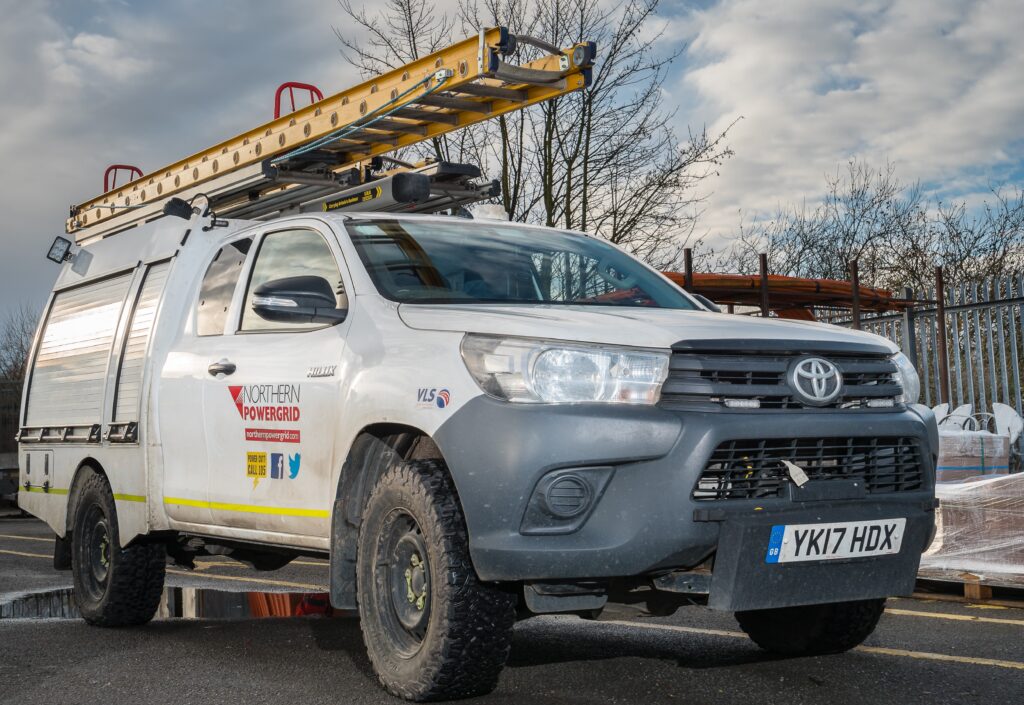
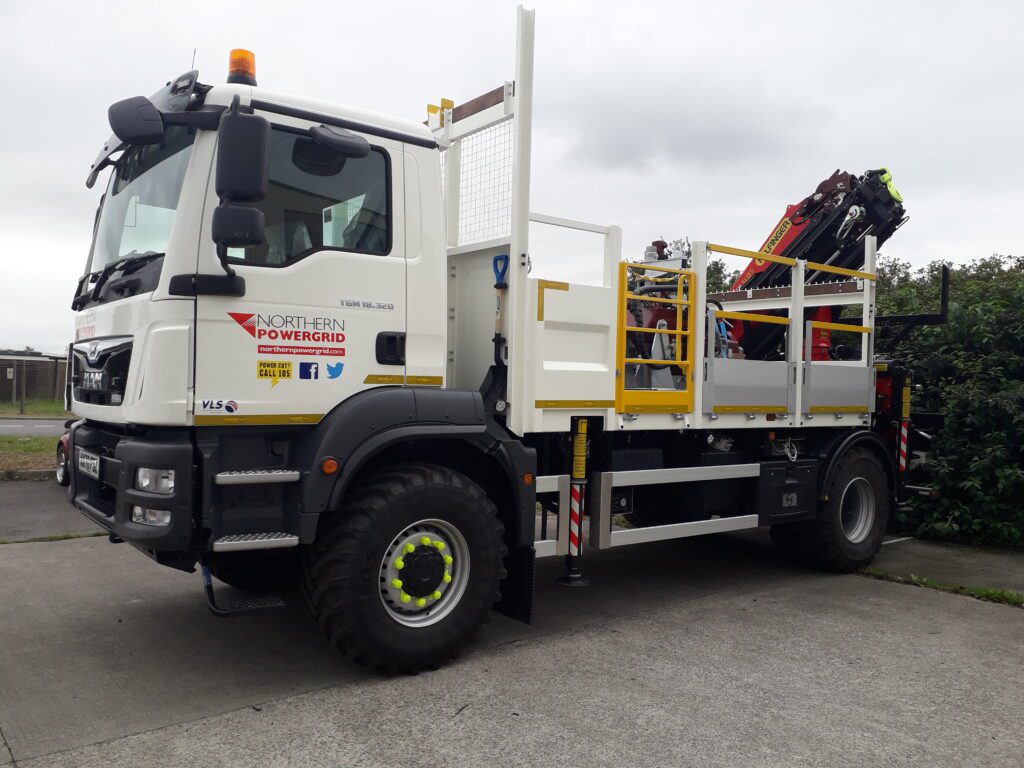
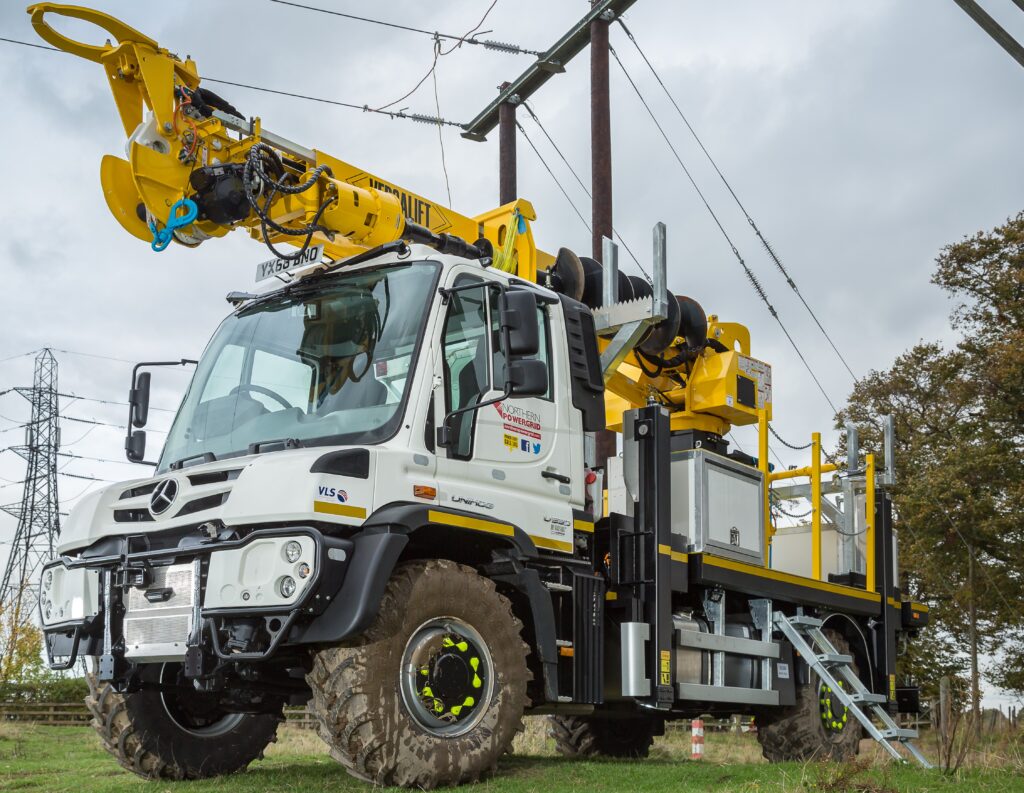
In 2023 a review of collisions identified that apprentices were overrepresented and so in July 2023 a new style of in-cab driving course was introduced for apprentices. Instead of 2.5 days of intensive in-cab training, six half-days of training were spread over six weeks. During the six-week period, the apprentices are teamed with company-qualified drivers when they are on-road. The organisation hoped this would allow younger drivers more time to consolidate their learning and reflect upon their driving practice. Early indications are very positive and Northern Powergrid is likely to roll this apprentice training out across the whole organisation.
Management Training
First-line mangers are pivotal in influencing driver safety. In 2023 the organisation introduced a one-day course for first-line managers covering fleet safety issues, legal obligations, understanding management data, and how to have difficult conversations with drivers. Feedback has been excellent and managers feel knowledgeable and empowered to influence driver behaviour.
The driving safety leadership team conducted 500 meetings with colleagues at various levels in the organisation to identify training needs and learning opportunities, and answer questions.
Accreditations
The organisation set its cap at two new accreditations during 2023, focusing on legal compliance in light commercial vehicle (LCV) management and occupational health and safety management (OSHM). John Wilkinson says these both contribute directly to fleet safety. It achieved both the Logistics UK Van Excellence accreditation, and ISO 45001. The company’s ongoing commitment to improving its fleet safety and overall safety culture featured heavily in the OSHM accreditation process.





